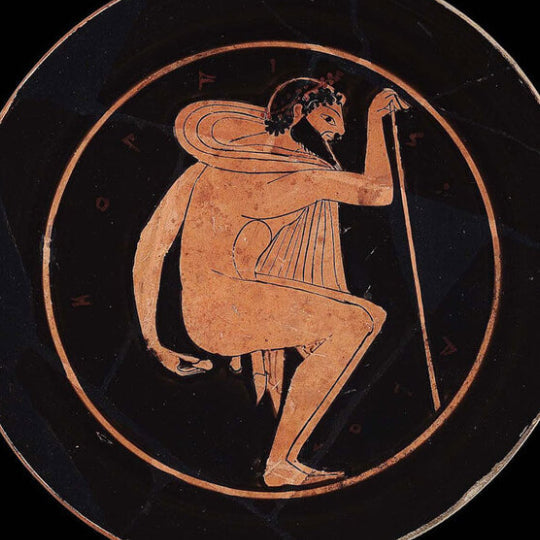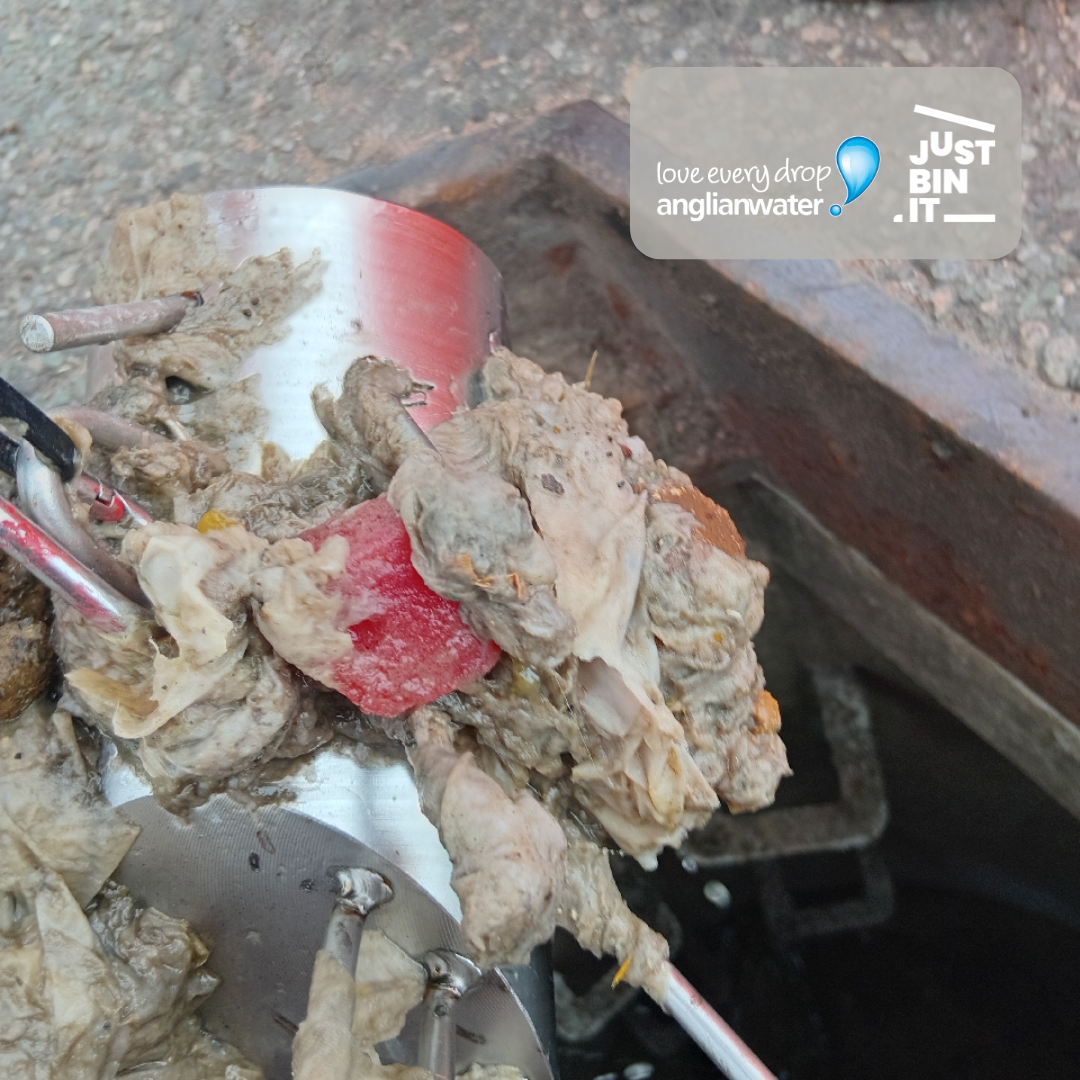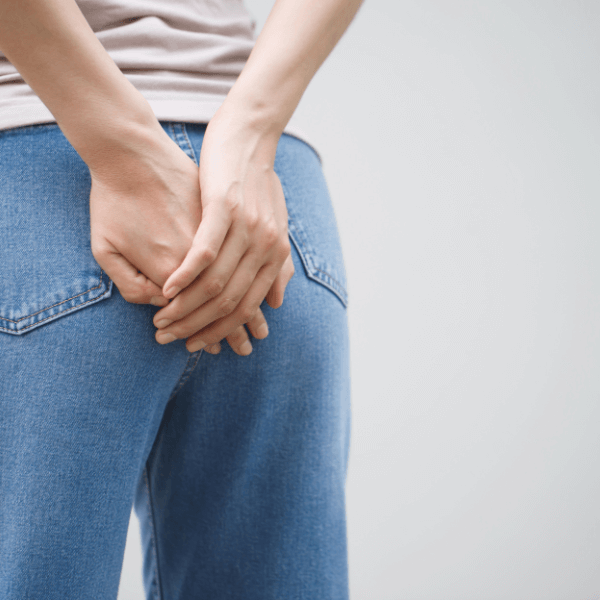Butt-Wiping - A History Unrolled: What Did People Use Before Toilet Roll?

Butt-Wiping - A History Unrolled: What Did People Use Before Toilet Roll?
Follow us on an illustrated journey through the history of butt-wiping, from stones to toilet paper
It goes without saying that the evolution of mankind is pretty fascinating. Okay, it took us a (pretty long) while to get to where we are today, but compared to our apelike ancestors, we can pretty solidly say most of us have come a long way since throwing our faeces at any given inconvenience.
Just as we have moved from stone tools to being unable to write an email without the assistance of AI, the history of butt wiping has come with countless changes too. From different cultures to the limited resources at hand, let's look into how we've made major movements in the art of wiping our bums.
What did people use to wipe before toilet paper?
The Stone Age: The First Wipe
We’re going to start with the Stone Age (yeah, people dropped pebbles back then too). Butt wiping in the Stone Age started off on a rocky road, as you might have guessed, for thousands of years stones were the go-to wiping method. Wiping your rear with a stone and throwing it in the river sounds painful...and it probably was, but at least it was sustainable, right?

How did people wipe their bum in Ancient Greece?
We next move over to Ancient Greece, where despite boasting much more advanced literature and art, people still used stones which they called “pessoi” or fragments of ceramic "ostraka". Bizarrely, it has been recorded that the Greeks used to inscribe the names of their nemeses on the ceramic wiping instruments. It’s harder to do this with permanent marker on toilet paper as it just tends to smudge, but definitely worth giving it a thought.
What about Ancient Rome? What did they use as toilet paper?
In around 800 BC, Ancient Rome seemed to be heading the right direction with a stone-free method of wiping. You may be thinking “finally” but after reading on, you’ll probably be asking for a pessoi or two. The Roman go-to wiping instrument was something they called a “tersorium” or as we would call it “a sponge on a stick”. A step in the right direction for comfort perhaps, but not hygiene. The tersorium was in fact communal (unless you were wealthy enough to own your own) and was washed in a bucket with water and salt or vinegar after each use. As you can imagine, this became a hotspot for breeding bacteria. Disgusting right? Well isn’t this why you’re here…

As well as a huge proportion of manufactured goods in this day and age, it’s said that toilet paper was first developed in China. The exact date remains a mystery but in around 851 AD, an Arab traveller exploring China noted that the Chinese were using paper as opposed to water.
However, before we dive into the soft, luxurious toilet paper as we know and love today, we must first explore arguably the most bizarre wiping methods of all by our friends across the pond - corn on the cob (without the corn obviously, that would be unhygienic). The early Americans used to use leaves, straw and dried out cobs for wiping. Fortunately, as many years passed, they thankfully turned to newspapers, catalogues and magazines. Another unmistakeable way of leaving a two-star review for that disappointing matinee.

We’ve come a long way, but finally reached what the majority of us are most comfortable with, regular toilet paper. Interesting to note that it still wasn’t widely available until the early 1900’s! Now you can buy it in all different colours and patterns to match your bathroom and even different textures to make sure you have the best wipe possible.
BUTT, what so many don't know is that toilet paper alone really isn't cleaning you as well as you might think. Sure, it's better than a rock, or sharing a sponge on a stick with your granny, but it just smears dirt around. This can leave you unclean, uncomfortable, and lead to itchiness and soreness too. Yikes!
That is where Wype comes in. Wype has gone that extra bit further to ensure that your personal bathroom hygiene is even more enjoyable, without flushing nasty wet wipes down the drain, and without the butt-hurt of using irritating wipes on your precious heinie too.
Say goodbye to an archaic (and sub-par) toilet routine with Wype. Our soothing and moisturising gel for toilet paper will leave you so fresh, you'll think you've brought a future clean right to your toilet seat. Upgrade your toilet routine today with the Starter Bundle.
Frequently Asked Questions
What were some of the most surprising or unusual methods used for butt-wiping throughout history?
Throughout history, various civilizations have employed surprising and unusual methods for butt-wiping. In the Stone Age, stones were used for thousands of years. Ancient Greeks used “pessoi” or ceramic fragments, often inscribed with enemies' names. Romans used communal sponge sticks called “tersorium,” washed after use but far from hygienic. Early Americans used leaves, straw, and dried corn cobs before switching to newspapers and catalogues. These methods highlight the creative (and questionable) evolution of hygiene.
How did the evolution of butt-wiping methods reflect advancements in civilization and hygiene practices?
The evolution of butt-wiping methods mirrors advancements in civilization and hygiene. From rough stones to communal sponges and eventually paper, the shift shows a growing awareness of comfort, sanitation, and technology. Modern hygiene practices continue to evolve with cultural influence and innovations like bidets and sustainable solutions like Wype.
Why did certain cultures, like Ancient Greeks and Romans, inscribe names on their wiping instruments?
In Ancient Greece and Rome, inscribing enemies’ names on wiping tools may have served as a symbolic act of revenge or mockery. These personal touches reflected social dynamics and offered an unusual way to express disdain. Practical? Maybe not. Petty? Definitely.
What were the challenges and drawbacks associated with early wiping methods, such as using stones or communal sponge sticks?
Early wiping methods posed clear drawbacks. Stones were uncomfortable and abrasive. The Roman tersorium, while more advanced, was shared, leading to hygiene issues and bacterial spread. Natural materials like leaves and straw could irritate or infect, and sanitation standards were limited, often resulting in health risks.
How does the cultural preference for butt hygiene, such as the use of bidets in some countries, influence modern bathroom hygiene products like Wype?
Cultural norms—like the use of bidets in Italy or Japan—highlight a global emphasis on water-based hygiene. Products like Wype cater to these standards without requiring plumbing changes or relying on flushable wipes. They offer a clean, eco-friendly solution that respects diverse hygiene preferences.



You need to add the ridiculousness of Izal toilet paper. What numsky thought that smooth grease proof paper would be a good medium for wiping your bum!!! It made good tracing paper thought!!!🤣